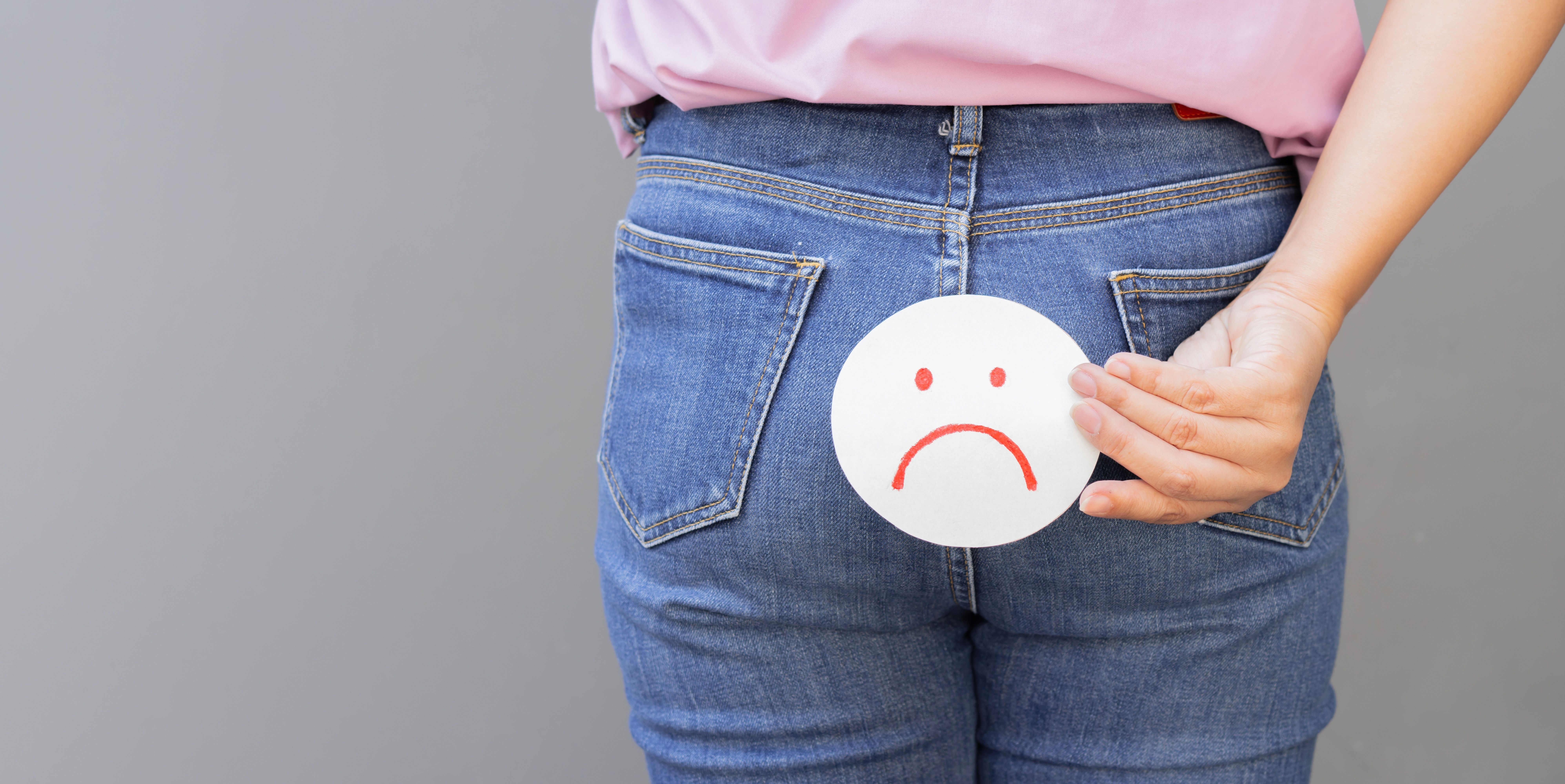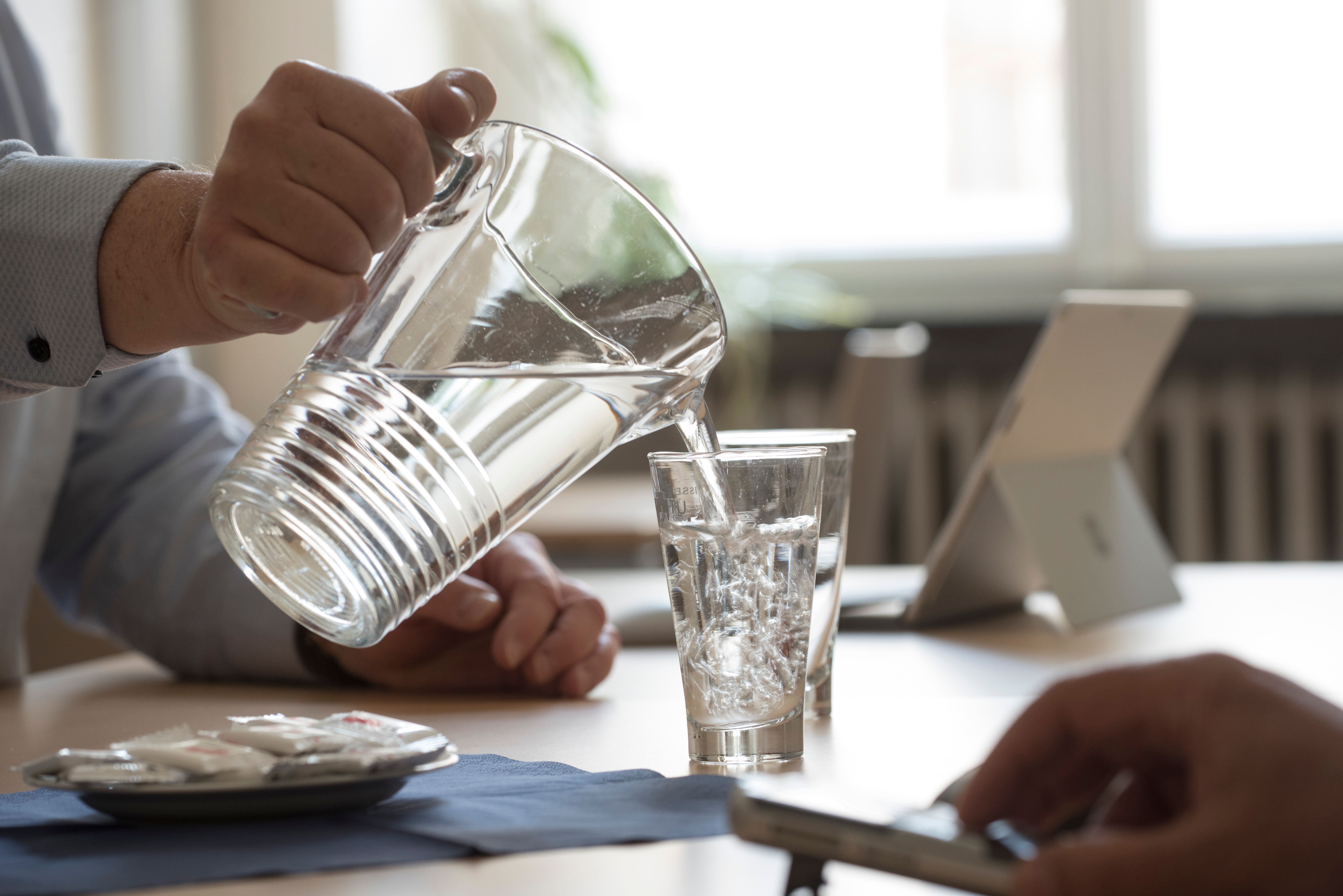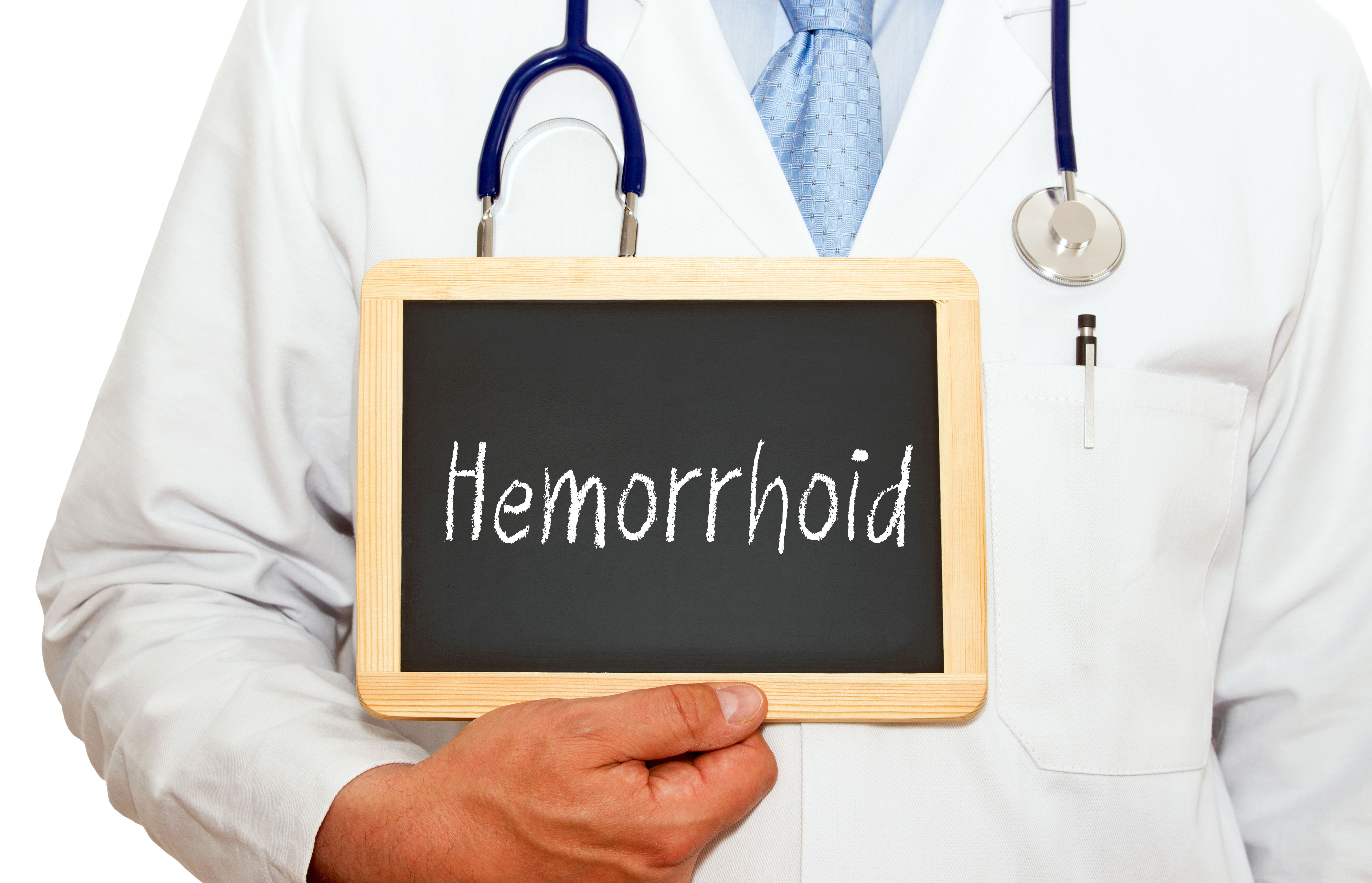What are the treatments for hemorrhoids?

Most hemorrhoids improve within a week with at-home treatments. If they cause extreme pain and discomfort, a medical procedure or surgery may help.
What are hemorrhoids?1
Hemorrhoids, also called piles, are a common issue. These swollen and enlarged veins inside of your rectum or outside of your anus can cause pain, anal itching, and rectal bleeding. We are all born with hemorrhoids, but usually, they don’t bother us. It is only when they become swollen and enlarged that they produce irritating symptoms.
Hemorrhoids affect people of all ages, sex, race, and ethnicity. They are more common as you age, affecting more than half of people over the age of 50.
Anyone can get symptomatic hemorrhoids, even teenagers. You may be more at risk if you:
- Have overweight/obesity
- Are pregnant
- Eat a low-fiber diet
- Have chronic constipation or diarrhea
- Regularly lift heavy objects
- Spend a lot of time sitting on the toilet
- Strain while having bowel movements
What at-home hemorrhoid treatments are available?1,2

According to European recommendations, if a diagnosis of hemorrhoids has been made, basic treatment can be started. These at-home hemorrhoid treatments include the following steps and advice to ease symptoms:
- Healthy lifestyle measures such as sufficient water intake, a healthy diet, and physical activity, should be encouraged.
- Increase fiber intake through diet and supplements. Aim to have a daily fiber intake of at least 20 to 35 grams.
- Respect toilet training including adopting the correct body position during defecation. Straining and prolonged defecation sessions should be avoided.
- Elevate your feet on a low footstool or chair when you go to the bathroom to relieve pressure and move your stool without extra straining.
- Use toilet paper with lotion or flushable wet wipes to gently pat and clean your bottom after pooping. You can also use a tissue or washcloth moistened with water. Discard wipes in the trash, not by flushing. Launder washcloths separately in hot water to avoid spreading infections often found in poop.
- Soak in a warm sitz bath for 10 to 20 minutes a day.
- The use of laxatives, which help to soften stools, could be considered for symptom relief and to reduce bleeding.
- Phlebotonics such as flavonoids in tablet or capsule form, and hemorrhoid treatment cream containing local anesthetic (such as lidocaine) and/or corticoids (such as hydrocortisone), could contribute to symptom reduction, when applied to the affected area.
- Nonsteroidal anti-inflammatory drugs (NSAIDs) and non-opioid analgesics could be prescribed for pain.
What treatments can be considered before hemorrhoid surgery?1,2
In patients where basic at-home hemorrhoid treatment has not resulted in acceptable symptom reduction, further procedures should be considered.
Indeed, you should see your health care provider if your symptoms get worse or interfere with your daily life or sleep. Your physician may treat your hemorrhoids with:
- Rubber band ligation: a small rubber band placed around the base of a hemorrhoid that cuts off blood supply to the vein.
- Electrocoagulation: an electric current that stops blood flow to a hemorrhoid.
- Infrared coagulation: a small probe inserted into the rectum that transmits heat to get rid of the hemorrhoid.
- Sclerotherapy: a chemical injected into the swollen vein that destroys hemorrhoid tissue.
What about surgical treatments for hemorrhoids?1,2

Surgical treatments for hemorrhoids include:
- Hemorrhoidectomy: a surgery that removes large external hemorrhoids or prolapsed internal ones.
- Hemorrhoid stapling: a stapling instrument removes an internal hemorrhoid or pulls a prolapsed internal hemorrhoid back inside of your anus and holds it there.
Is it possible to avoid hemorrhoids with simple rules of prevention?1,3
The following steps can help you to prevent hard stools and constipation that can lead to hemorrhoids, and consequently to avoid the need for hemorrhoid treatment:
- Go to the toilet when the urge hits. This sounds like common-sense advice, but too many people ignore it. If you delay using the bathroom, your stool may become hard and dry in your bowel, which makes it harder to pass.
- Do not force a bowel movement when you don’t need to go. Straining increases the pressure on your venous cushions, which leads to hemorrhoids. In particular, straining can turn internal hemorrhoids into external ones.
- Do not turn the bathroom into a reading room. Think of your time in the bathroom as a necessity, not an extended escape. If your toilet has stacks of magazines or books on the water tank, consider moving them to another room. Do not take your phone into the toilet area because the more time you spend on the toilet, the more likely you will strain for bowel movements. Also, the seated position puts extra stress on your anal blood vessels. Both factors boost your risk of hemorrhoids.
- Eat more high-fiber foods such as fresh fruits, vegetables and whole grains, or take supplements. Generally, women should aim for 25 grams of fiber per day, while men should have 35 grams of fiber per day.
- Drink plenty of water throughout the day.
- Stay physically active. Being on the move keeps bowels moving. Moderate exercise helps improve or prevent many bowel and digestive issues, including hemorrhoids. Indeed, when you are sedentary, everything slows down, including your bowels. Exercise, such as walking, running short distances, cycling, and yoga, helps keep waste moving through your intestinal tract. In turn, this helps you avoid constipation and dry, hard stools.